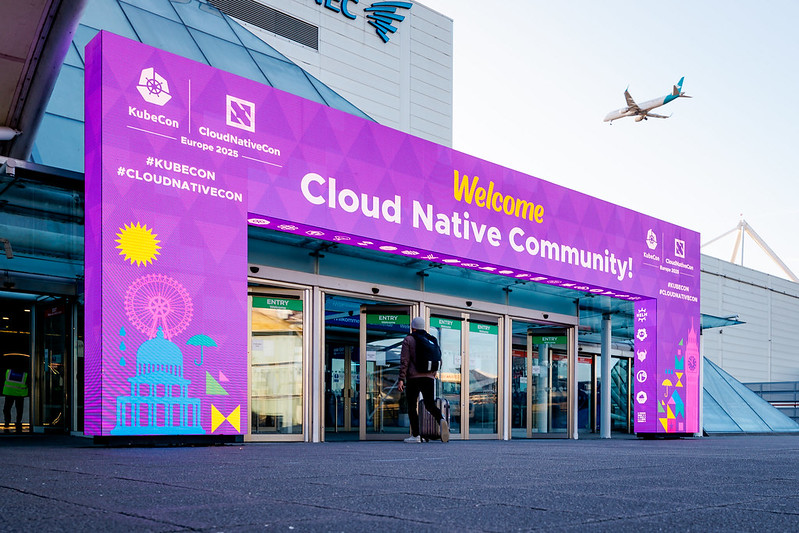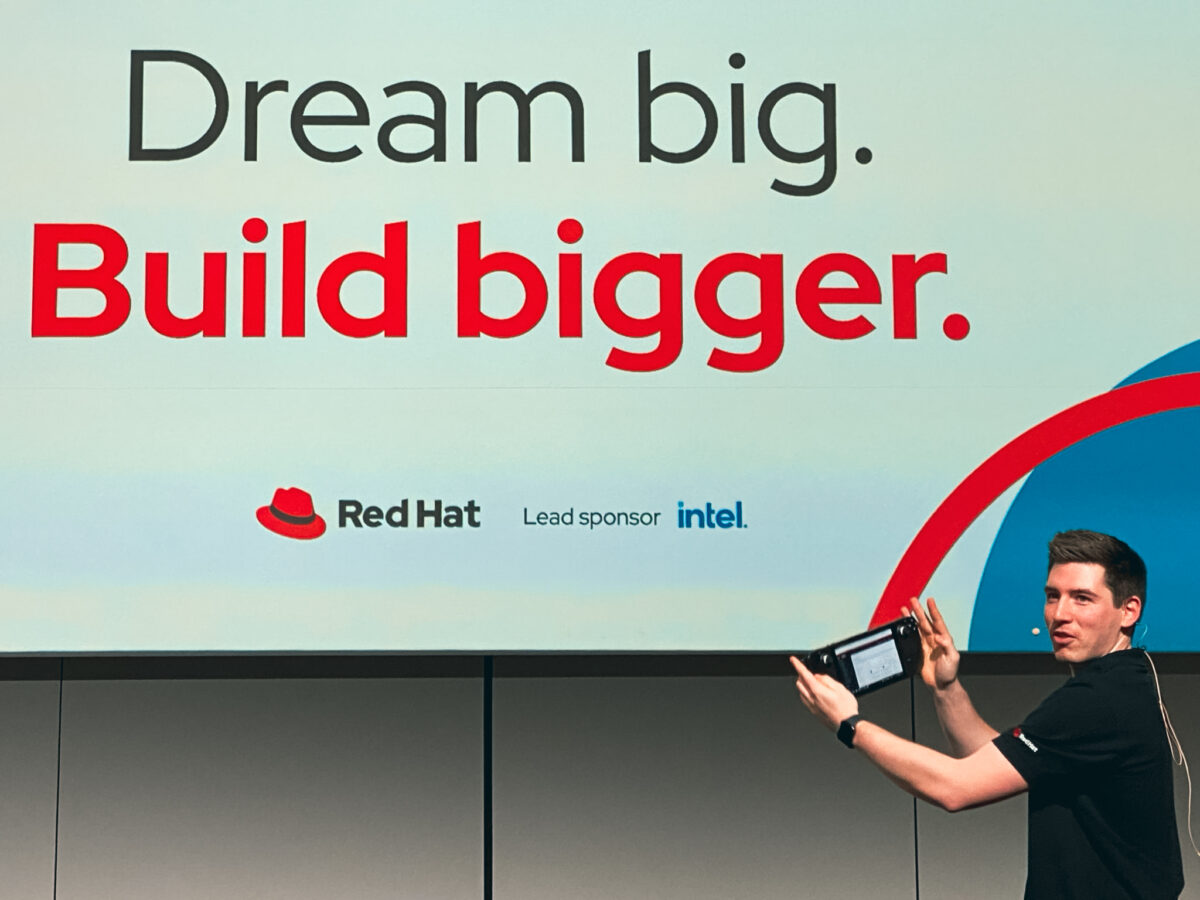In this blog, I will guide you on: How do you enable application performance monitoring (APM)? How do you scale a user application based on application metrics with a Horizontal Pod Autoscaler (HPA)? How do you create an alert based on application metrics and send this alert to an external system? For the monitoring, I […]










